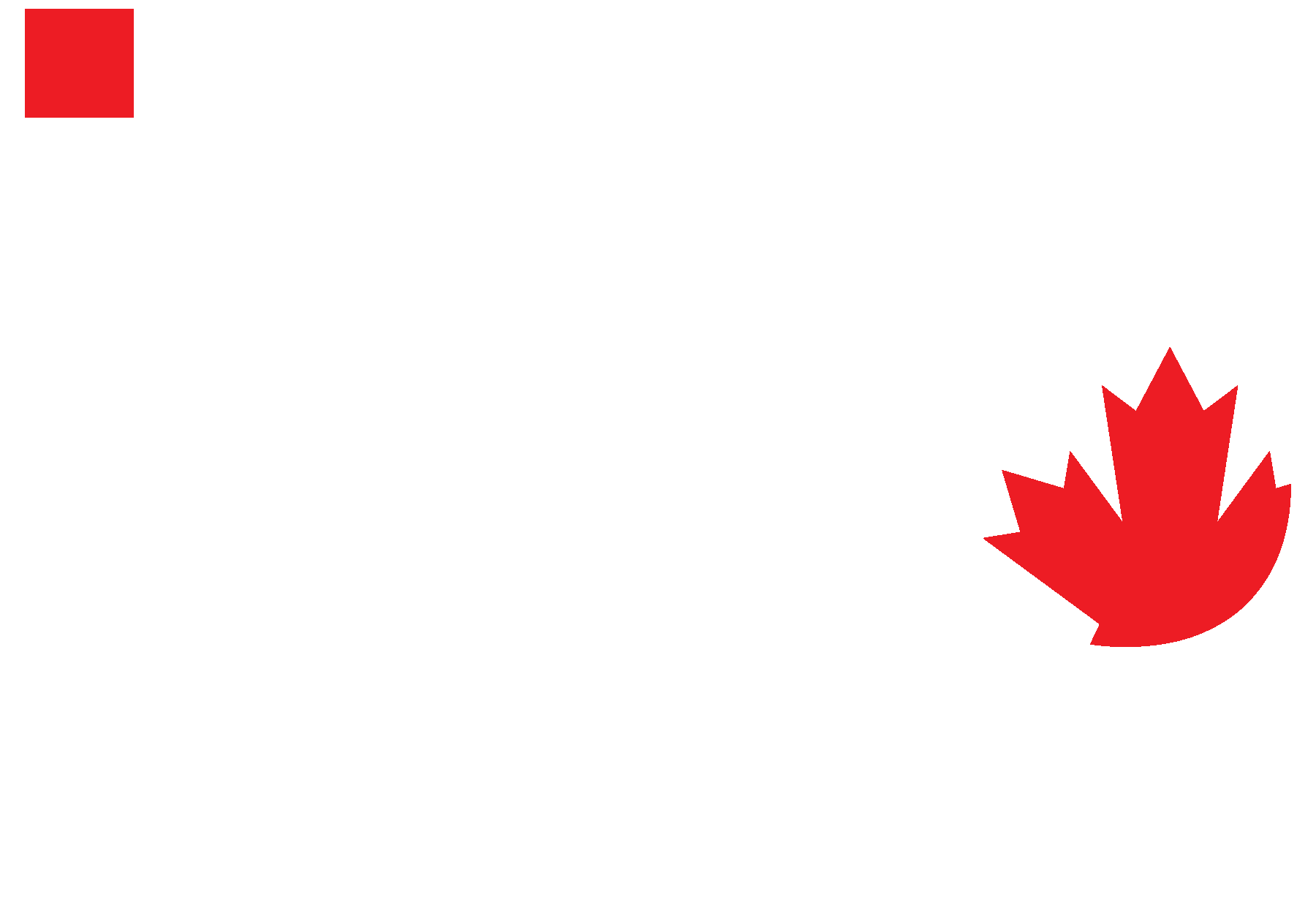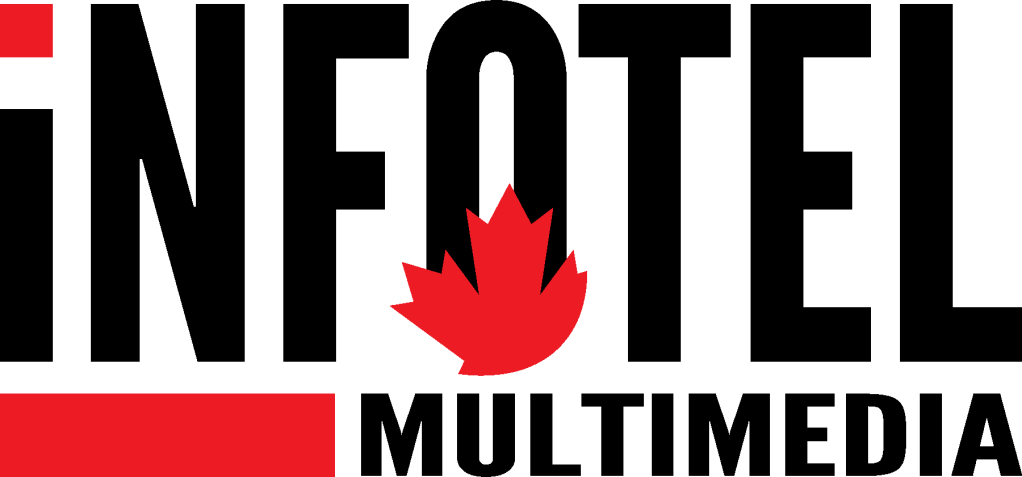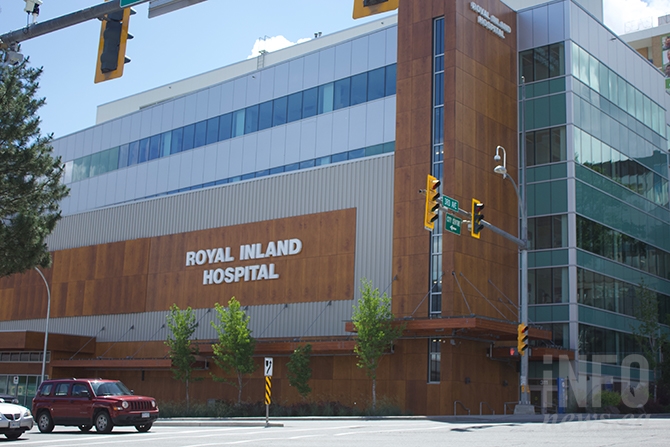Snowpack below average in Okanagan so far this winter

There is still some winter left to go, but the snow levels in the mountains around the Okanagan and Kamloops are well below the average.
The River Forecast Centre’s Feb. 1 report said all automated snow weather stations are showing a provincial average of 83 per cent of the median amount of snowpack. Provincial average snowpack went down from 89 per cent from Jan. 15.
“A relatively dry January didn’t help the snowpack very much,” Environment Canada meteorologist Alyssa Charbonneau told iNFOnews.ca.
Typically by Feb. 1 two thirds of the year’s snow has accumulated.
“Monthly snowpack accumulation continued to trend well below normal for the second half of January due to prolonged province-wide dry weather patterns. During the last few days of the month a moderate storm system brought the first precipitation in weeks to many areas of the province. A return to drier and cool conditions is expected for the upcoming 10-day weather forecast,” the centre said in its report.
READ MORE: No end in sight to freezing temperatures in Okanagan, Kamloops
The Mission Creek snow weather station east of Kelowna shows the snow water equivalent this winter is slightly lower than it was last year. At the station on Silver Star Mountain near Vernon levels are pretty close to last year.
The Deadman River station north of Kamloops shows snow water equivalent levels to be slightly higher than they were last year, and the Trout Creek West station west of Peachland shows levels similar to what they were last year.
“We’re in February, we still have a bit more winter to go, so the potential for additional snow exists. We’re not at the end of our snow season yet, but every bit of extended dryness that we have is taking us closer and closer to spring,” Charbonneau said.
The River Forecast Centre is going to provide an update on current snowpack levels around Feb. 11.
“As of February 1st, the ASWS measured significant decreases in snowpack over the second of half of January on Vancouver Island, -23 percentage points, Boundary, -19 per cent, and South Coast -15 per cent. The majority of regions measured reductions of four to seven percentage points between January 15th to February 1st. The Central Coast, up 11 per cent and Liard up 10 per cent, increased relative to median,” the centre said in its Feb. 1 report.
Join the Conversation!
Want to share your thoughts, add context, or connect with others in your community?
You must be logged in to post a comment.


















